
MicroRNAs from the parasitic plant Cuscuta campestris target host messenger RNAs
Blog, Plant Science Research Weekly, Research, Research BlogNature. Cuscuta sp. commonly known as dodder, is an obligate parasitic plant that colonizes a broad range of host plants and obtain water and nutrients by specialized feeding structure called haustorium. Literature suggests that this specialized structure is involved in bidirectional movement of viruses,…

Spatial and temporal patterns of mass bleaching of corals in the Anthropocene
Blog, Plant Science Research Weekly, Research, Research BlogScience. As our ecosystems are changing rapidly, more studies are needed to document them. One of these important events is “coral bleaching”, a phenomenon that occurs due to environmental stress and when coral hosts lose their algal symbionts or zooxanthellae (Symbiodinium spp.), showing the white…

Genome downsizing, physiological novelty, and the global dominance of flowering plants
Blog, Plant Science Research Weekly, Research, Research BlogPLOS Biol. Guard cell size is, in general, inversely related to stomatal density. It is advantageous for plants to maximize their photosynthetic capabilities by generating higher rates of gas exchange, thereby incorporating more CO2 to help drive this pathway. However, the number of cells that can occupy…
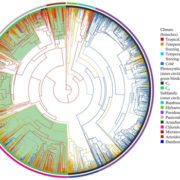
What We're Reading: January 26th
Blog, Research, Research Blog, WWR Full PostGuest Editor: Dr. Amey Redkar
Amey is a postdoc at The Sainsbury Laboratory, Norwich, UK and has been a Plantae Fellow since September 2017. He is working to understand the interaction of plants and pathogens during disease development. His current research which is funded by EMBO Long Term Fellowship…
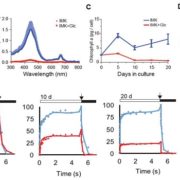
Glucose-Induced Trophic Shift in an Endosymbiotic Dinoflagellate
Blog, Plant Physiology, Plant Physiology: On The Inside, Research, Research BlogDinoflagellates in the genus Symbiodinium have the ability to enter into endosymbiotic associations with corals, providing the metabolic basis for the highly productive and biologically diverse coral-reef ecosystems, as well as with other cnidarians, including sea anemones and jellyfish. The Symbiodinium-coral…
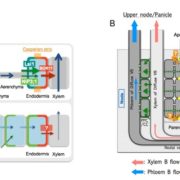
Boron Transport in Rice
Blog, Plant Physiology, Plant Physiology: On The Inside, Research, Research BlogBoron (B) is an essential micronutrient for plant growth and development. Its major physiological function is to maintain the structure of the cell wall by crosslinking pectic polysaccharides through borate-diol bonding of two rhamnogalacturonan II molecules. B is immobile in most plant species. Therefore,…
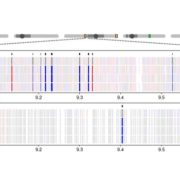
Epigenetic Divergence Associated with Heterosis
Blog, Plant Physiology, Plant Physiology: On The Inside, Research, Research BlogHeterosis refers to the tendency of a crossbred individual to show qualities superior to those of both parents. The phenomenon has been exploited extensively in agricultural breeding for decades and has improved crop performance enormously. Despite its commercial impact, knowledge of the molecular basis…

Mineral Deposits in Ficus Leaves
Blog, Plant Physiology, Plant Physiology: On The Inside, Research, Research BlogMineral deposits occur in many, but not all plant leaves. In those leaves that do have minerals, the mineral type, morphology and the distributions within the leaves are under strict control. In fact, mineralization in certain leaves is a well-preserved trait throughout evolution, indicating that such…
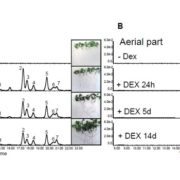
Anthocyanins on Demand
Blog, Plant Physiology: On The Inside, Research, Research BlogAnthocyanins are vacuolar pigments derived from the phenylpropanoid pathway that are produced in many different plant species. The role of anthocyanin accumulation under stress in vegetative tissues is probably linked to the scavenging of reactive oxygen species (ROS). Anthocyanins are powerful antioxidants…

